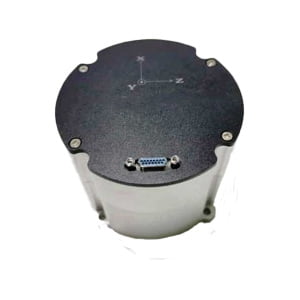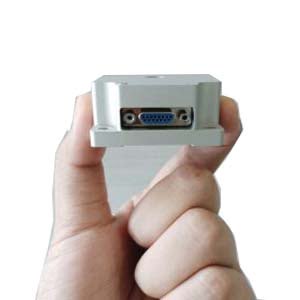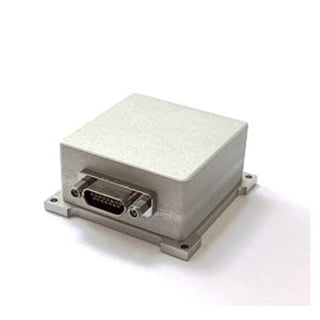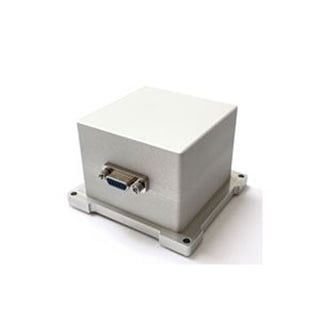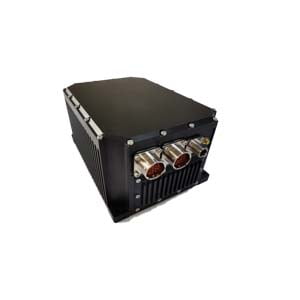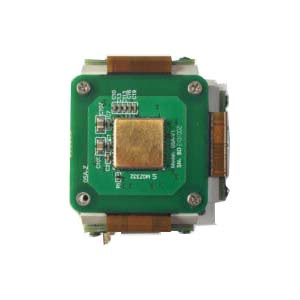IMU and INS are two different concepts, although they are related in some ways.
IMU, the acronym for Inertial Measurement Unit, is a device used to measure the acceleration and angular velocity of an object. Imus typically include three accelerometers and three gyroscopes, which measure the acceleration and angular velocity of an object on three axes. Imus are commonly used to measure and control aircraft, navigation systems, robots and other equipment.
INS is the abbreviation of Inertial Navigation System. Ins. is a system that uses IMU measurement data for navigation. INS uses the acceleration and angular velocity information measured by the IMUs to calculate an object's position, speed, and direction. INS is commonly used in applications requiring high precision navigation such as aircraft and missiles.
The inertial navigation system is based on the classical mechanics of Newton. Assuming that acceleration is measured, the speed and azimuth changes of the object can be calculated by the continuous mathematical integration of the acceleration to the time. Inertial navigation system is a system that uses gyroscopes and accelerometers on the carrier to measure the carrier's azimuth. Through the measurement data of gyroscopes and accelerometers, the motion of the carrier in the inertial reference coordinate system can be determined.
INS is the value of angular velocity and acceleration obtained by IMU measurement. The result is calculated by computer, and the overall execution of the system is able to determine the motion of the moving vehicle in the inertial reference frame.
Therefore, IMUs and INS are two different concepts. Imus are devices that measure acceleration and angular velocity, while INS is a system that uses IMUs measurement data for navigation.
More Technical Questions
1.Research Background and Current Status of MEMS IMU
2.What are the Application Scenarios of the IMU?
3.What is INS and How does it Work?
4.Differences between IMU, AHRS, VRU and INS
5.Price Analysis and Application Introduction of North Seeker
Products in Article
